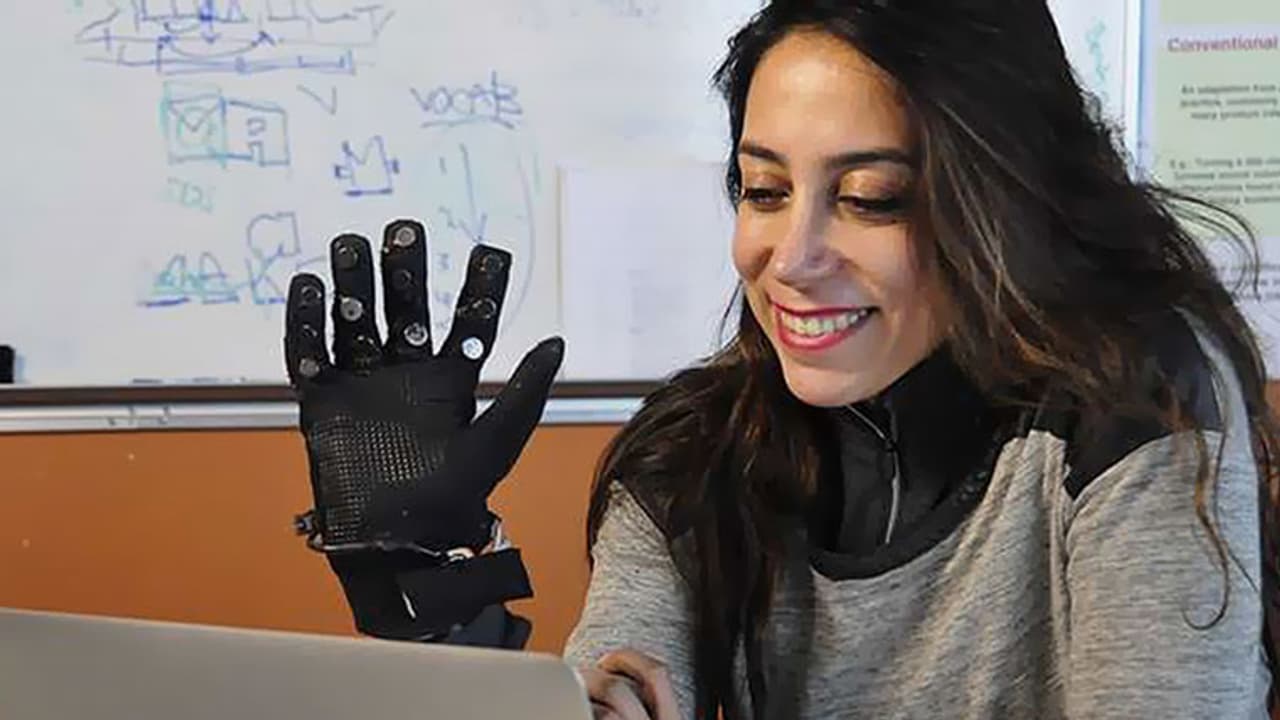Technology binds the world together, but long distance couples may not agree. Long distance couples can't really walk hand in hand. Flex-N-Feel gloves allow wearer to feel the movements.
Long-distance couples may soon share a walk, watch movies together and even give each other a massage, thanks to a next-generation technology being developed by scientists. Carman Neustaedter from Simon Fraser University in Canada and colleagues are working on myriad solutions to make people feel connected.

Image and video credit: Simon Fraser University
In Neustaedters Connections Lab, researchers have designed a pair of interconnected gloves called Flex-N-Feel. When fingers flex in one glove, the actions are transmitted to a remote partner wearing the other. The gloves tactile sensors allow the wearer to feel the movements.
To capture the flex actions, the sensors are attached to a micro-controller. The sensors provide a value for each bend, and are transmitted to the feel glove using a Wi-Fi module. The sensors are also placed strategically on the palm side of the fingers in order to better feel the touch. A soft-switch on both gloves also allows either partner to initiate the touch.
"Users can make intimate gestures such as touching the face, holding hands, and giving a hug. The act of bending or flexing ones finger is a gentle and subtle way to mimic touch," said Neustaedter.
The gloves are currently a prototype and testing continues. While one set of gloves enables one-way remote touch between partners, Neustaedter said a second set could allow both to share touches at the same time. Other projects also focus on shared experiences, including a virtual reality video conferencing system that lets one "see through the eyes" of a remote partner, and another that enables users to video-stream a remote partners activities to a long-distance partner at home (called Be With Me).
The researchers are also studying how next-generation telepresence robots can help unite couples and participate in activities together. They have embedded a robot, designed by Suitable Technologies, into several homes in Canada, which connects to countries around the world.
"Long-distance relationships are more common today, but distance don't have to mean missing out on having a physical presence and sharing space," said Neustaedter. "If people cannot physically be together, were hoping to create the next best technological solutions," he added.
